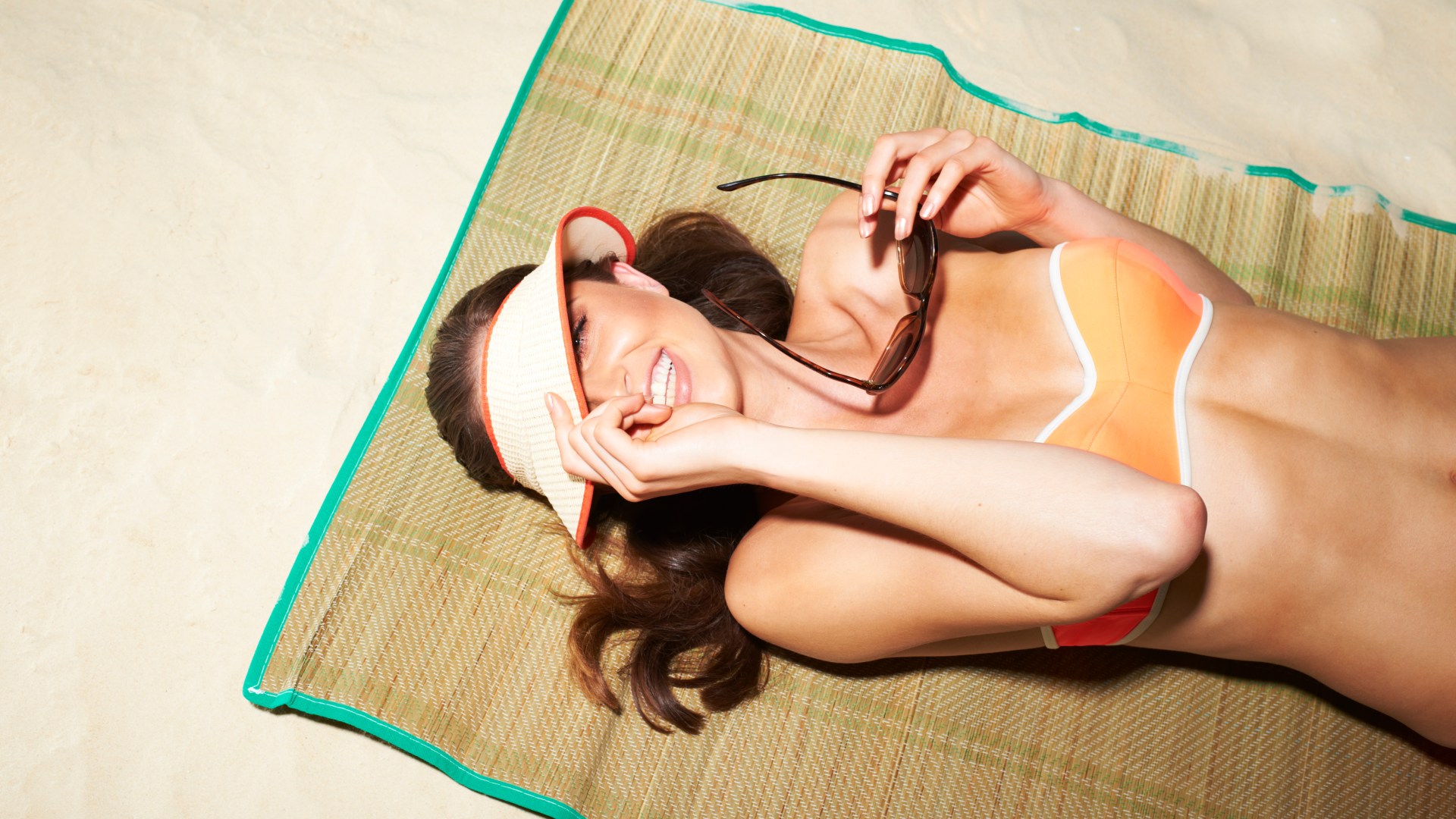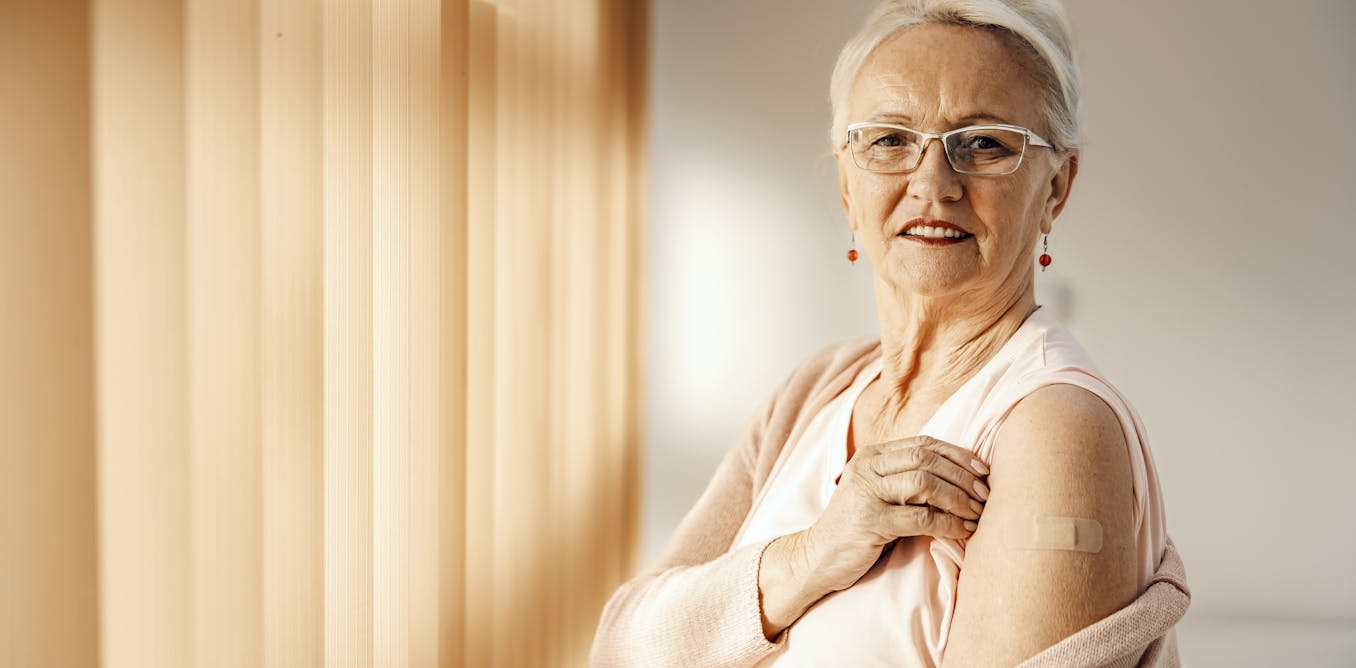US Brits love nothing more than sunbathing – despite the potential risks associated with it.
But how long does it take to tan, and can you get a tan in the shade or when using SPF50 sun cream? Here’s what we know.

2
How long does it take to tan in the sun?
Put simply, there is no such thing as a safe or healthy tan.
“If you want a tan, it is safer to use spray tan or bottled fake tan products than to sunbathe or use a sunbed,” Cancer Research UK warns.
Spending time in the sun causes damage, which can lead to wrinkles and cancer.
However, many of us will do it anyway – so we need to make sure we’re doing it in the safest way possible.
British dermatologists say people in the UK have an unhealthy relationship with tanning.
Even though we are aware of the risks of sun exposure, lots of us choose not to change their behaviour, they add.
While some people might consider themselves lucky to go golden in just a day, getting the so-called perfect tan takes a while for most people.
Everyone has different skin, which means everyone’s tanning time will vary.
Some may gain colour from the sun in a few hours, and others tend to burn if they sunbathe for the same amount of time.
The main way to judge roughly how long it will take is by knowing your skin tone and how the sun usually affects you.
This all comes down to melanin. It is a pigment that influences your skin colour, as well as eyes and hair.
People with less melanin have fairer skin which burns more easily, and may do better sunbathing in short bursts.
On the other hand, if you have more melanin in your skin, you can get a darker colour in a matter of minutes or hours.
But, regardless of your skin tone, you should wear SPF because it protects the skin from DNA damage, which leads to cancer, caused by UV rays.
The Skin Cancer Foundation says: “Men, women and children over six months of age should use sunscreen every day.
“This includes people who tan easily and those who don’t.
“Remember, your skin is damaged by sun exposure over your lifetime, whether or not you burn.”
You should also stay out of the sun during the hottest part of the day (11am to 3pm), cover up with suitable clothing and sunglasses, and use a sunscreen that is at least factor 30 and has a minimum four-star UVA protection rating, according to the NHS.

2
Can you still tan using SPF50?
In short, yes, you can still tan using SPF – whether it is 15, 30 or 50+.
Sunscreen acts as a barrier so that only a certain amount of UV gets through to your skin.
SPF impacts your ability to tan, so it will take you longer for your skin colour to change.
But remember, you are protecting your health and preventing deadly disease, so it’s vital to apply liberally – and often.
An SPF of 30 filters out 96.7 per cent of UV rays, while an SPF of 50 filters out 98 per cent. There isn’t a sunscreen than can guarantee 100 per cent protection.
ABC Australia reported that if your unprotected skin takes 10 minutes to show signs of burning, then properly applying factor 50 would make the rate of burning 50 times longer (so 500 minutes/more than eight hours).
Factor 30 would be 30 times longer (300 minutes/five hours); and factor 15 would be therefore take 150 minutes (an hour and a half) longer to show signs of burning.
But in the real world, you’ll likely burn if you don’t reapply your sun cream repeatedly for hours on end.
It is advisable to top-up your sun cream every couple of hours when in the sun.
You should also reapply after you have been in water, even if your sunscreen is “water resistant”, after towel drying, sweating and when it may have rubbed off.
Can I get a tan in the shade?
It might surprise you to learn that yes, tanning in the shade is possible.
This is because the sun reflects off objects in the environment and on to the skin.
Certain environmental factors, such as bright snow or pale beach sand, can reflect the sun’s rays to your skin, even while sitting in the shade.
Experts from Queensland University of Technology said sand can reflect as much as 25 per cent of UV radiation.
That’s why the professionals at skincancer.org have said that while shade is a potentially valuable means of protection from the damaging effects of the sun’s UV rays, not all shade is equally protective.
They also go on to say that people can spend long hours in the shade while still receiving quite a lot of sun exposure and risking skin damage.
UVB rays, often considered the most harmful part of sunlight, can reach the skin indirectly.
So even if you’re not directly in the sun and are not actively tanning, you still need to wear an SPF sun cream.
See our expert’s top tips for getting the perfect tan safely.




